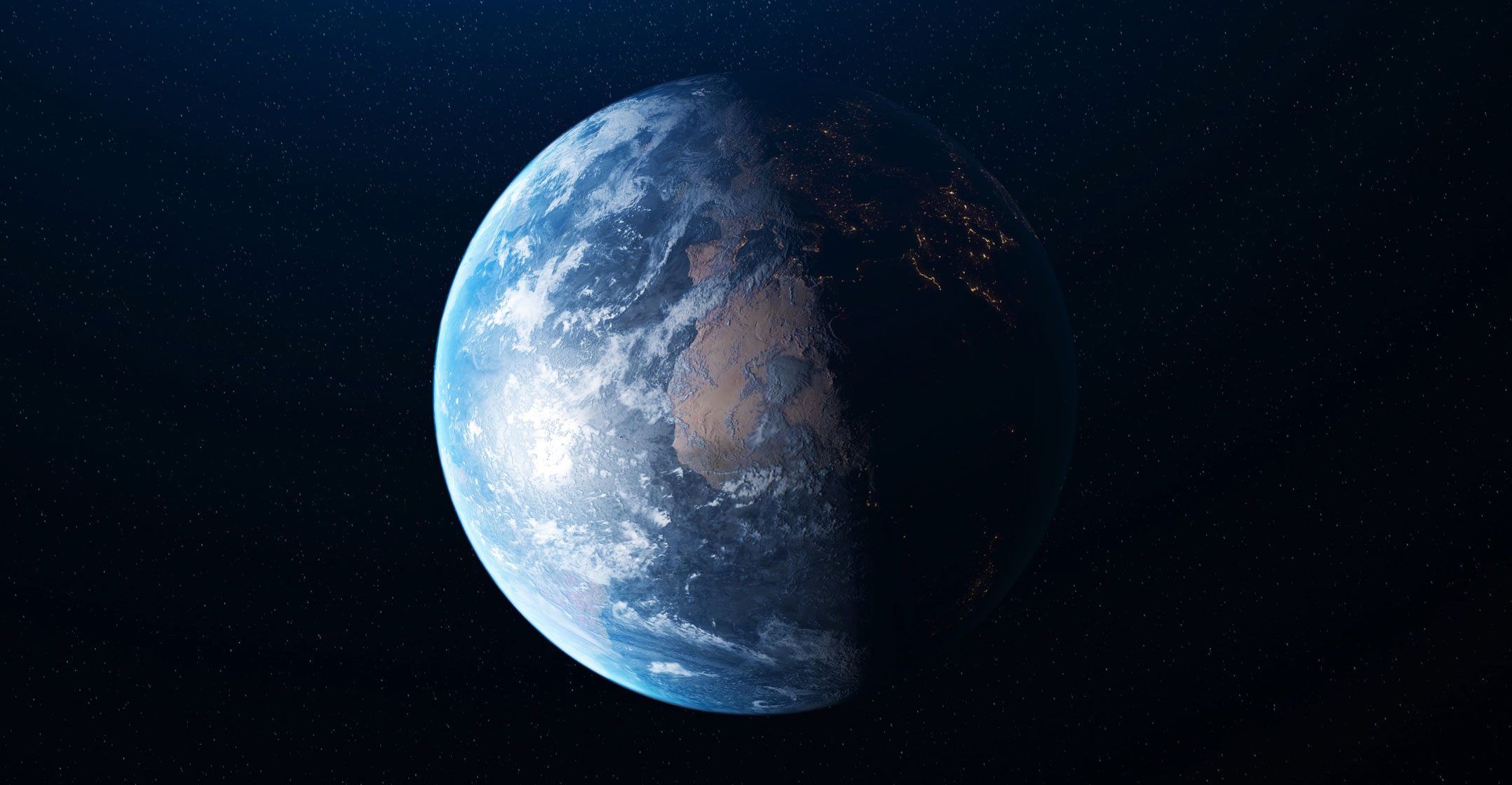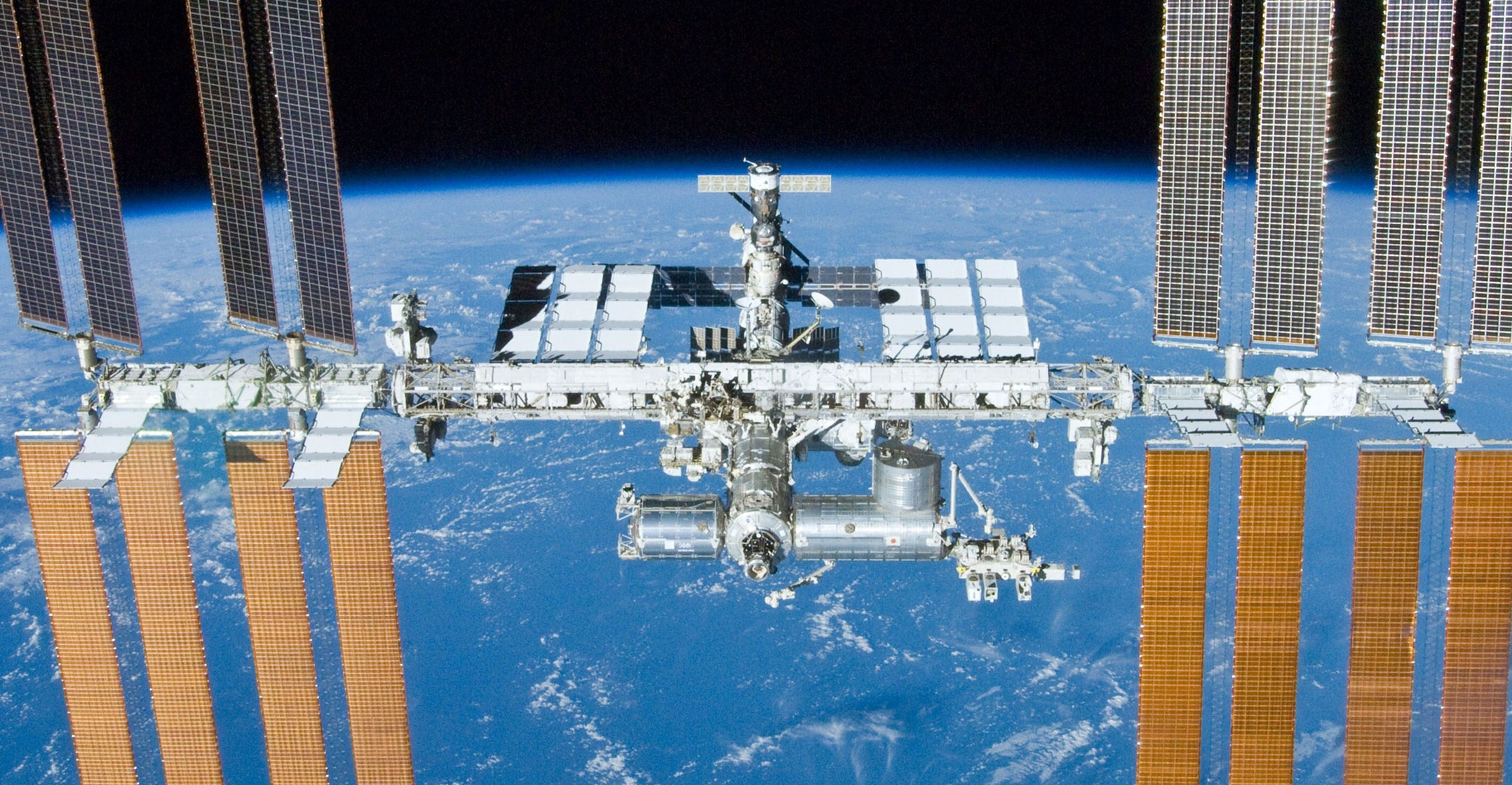 The Russian missile test that shattered a dead satellite this week highlights a growing threat of space debris just as companies such as SpaceX and Boeing make plans to launch as many as 65 000 commercial spacecraft into orbit in coming years.
The Russian missile test that shattered a dead satellite this week highlights a growing threat of space debris just as companies such as SpaceX and Boeing make plans to launch as many as 65 000 commercial spacecraft into orbit in coming years.
The anti-satellite weapon smashed a Russian orbiter into at least 1 500 pieces, forming a belt of debris hurtling around the Earth at speeds up to 27 000km/h. It forced ground control to awaken the sleeping crew of the International Space Station and ask them to close hatches and scramble into docked spacecraft for safety.
It also added to the amount of junk speeding through space thanks to failed satellites, discarded rocket boosters and weapons tests. This just as technology entrepreneurs and defence companies have announced plans to deploy constellations of satellites, adding to about 4 550 from all countries currently in orbit.
The Russian anti-satellite test “just makes everything worse”, said Brian Weeden, director of programme planning for Secure World Foundation, a group that works for sustainable use of space.
“It’s not like the movie Gravity where one thing happens and everything goes ‘boom’,” Weeden said. Instead there is “a tipping point, where it starts to accelerate” and the orbital environment deteriorates over decades.
Low-Earth orbit is an area of major concern because because that’s where companies want to locate small observation and communications satellites. These include Elon Musk’s SpaceX, which has more than 1 700 Starlink satellites already orbiting and plans is asking regulators for permission to add 30 000 more to provide broadband Internet from space.
Slew of applications
The US Federal Communications Commission is reviewing a slew of applications from SpaceX and other companies rushing to take advantage of lower launch costs and growing appetite for data. Low orbits offer minimal lag time for data to bounce between a user on the ground and the spacecraft. Boeing, Amazon.com’s Kuiper Systems and Astra Space were among companies submitting recent applications at the FCC for more than 35 000 satellites.
Already in some low-Earth orbits, the number of new objects and fragments generated from collisions exceeds those removed by natural atmospheric drag, the FCC said last year as it adopted rules to ease the threat from orbital debris. The agency regulates satellites because the spacecraft use wireless frequencies.
Other regions have sufficient densities of orbital debris to lead some analysts to conclude that they are close to or have already reached a “runaway” status, where the debris population will grow indefinitely, the FCC said.
With huge orbiting fleets, dramatic increases in space collisions, and new space debris, are expected within just a few years
“We’re at a time of transformative change in the human use of space,” said Jonathan McDowell, an astronomer at the Centre for Astrophysics Harvard & Smithsonian research institute. “We are seeing more and more satellites getting damaged by orbital debris hits. Occasionally satellites get destroyed.”
There are about 4 550 operating satellites in orbit, with 3 790 in low-Earth orbit, according to a 1 September tally by the Union of Concerned Scientists.
Satellite operator Viasat has warned of dangers from large constellations, saying failure risk of at least some satellites is high when thousands are in orbit.
Took shelter
With huge orbiting fleets, “dramatic increases in space collisions, and new space debris, are expected within just a few years”, Jim Bridenstine, a Viasat board member and former Nasa administrator, told lawmakers at a US senate hearing last month.
More than 27 000 pieces of orbital debris are tracked by the US department of defence, according to Nasa. Near-Earth orbits hold much more debris that’s too small to be tracked, but large enough to threaten human spaceflight and robotic missions.
Those aboard the International Space Station took shelter for three passes of the debris field caused by the strike on the Russian satellite, Cosmos 1408, Nasa said in a 15 November statement.
Roughly a week before Monday’s missile strike by Russia, Nasa moved the ISS to avoid a close encounter with debris remaining from a test by China that destroyed a weather satellite in 2007. The station has conducted 29 debris avoidance manoeuvres since 1999, including three in 2020, Nasa said in a 26 May posting online.

Nasa has a set of longstanding guidelines for debris avoidance. Manoeuvres are usually small and use the station’s Russian thrusters, or the propulsion systems on one of the docked spacecraft that carry passengers from Earth.
The Cosmos debris could cause problems for Musk’s SpaceX, astronomers said.
“There’s a real risk in the coming weeks that you could lose some of the Starlinks because they get in the way of this debris,” said McDowell.
SpaceX didn’t return e-mailed queries requesting comment. A Boeing representative also declined to comment on the risk to its fleet.
Nations are struggling with ways to reduce space debris, with techniques such as using magnetic plates to capture satellites, or using harpoons and nets, at the test stage, said McDowell. He suggested focusing on removing the largest pieces that may eventually cause the greatest number of fragments.
“At some point we have to start to clean this up,” he said. — (c) 2021 Bloomberg LP

